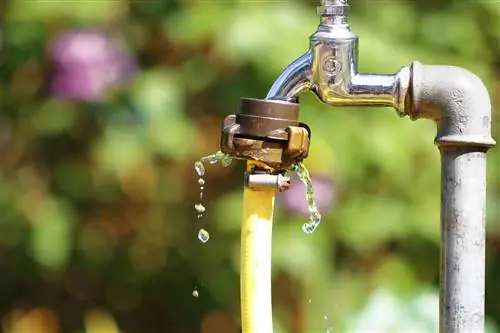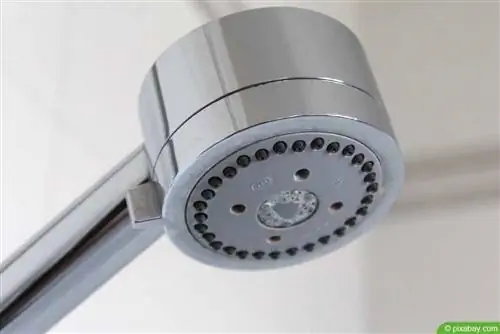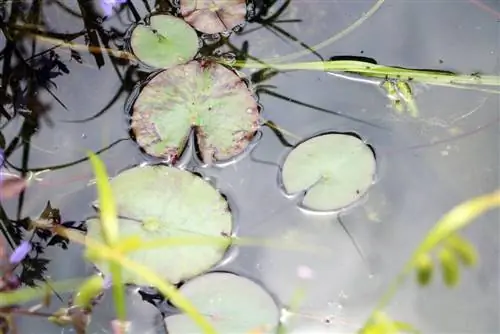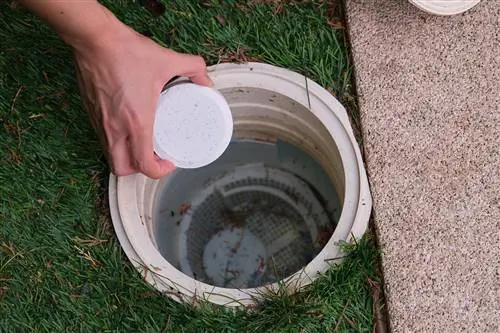- Author admin [email protected].
- Public 2023-12-17 03:39.
- Last modified 2025-01-24 12:45.
A certain water pressure is necessary so that the tap water also flows to higher floors. Previously, this problem was solved using gravity and water towers. Today, pumps are used in waterworks for this purpose. Since the pressure has to be correspondingly high, especially in taller buildings, the pipes are usually designed for 10 bar. But the water runs out of the tap at much lower pressure.
Basic information about water pressure
Today, tap water sometimes has to travel long distances from the water supplier to the consumer. This happens using the water pressure in the pipes. The supplier provides a minimum pressure, which is normally between 3 and 4 bar. However, it can also be a lot higher. One bar of pressure can cover around 10 m, so there should be at least 1 bar of pressure in the house. Depending on the height of the house and the number of floors, more bar may be necessary, especially since the water should come out of the pipe with a certain pressure.
Tip:
So the minimum pressure in a two-story house should be between 2 and 3 bar. For each additional floor you add 0.5 bar.
Determine water pressure
After the house connection in the basement, a pressure gauge is often attached. The pressure can be read from this when the water is running. If there appears to be too little water pressure at some of the faucets in the house, a manual pressure gauge can be installed there to measure the water pressure. Some houses also have pressure reducers installed that reduce increased water pressure from the supplier to at least 2 bar. This is necessary in order not to damage devices that work with tap water. The water pressure in the house can be adjusted using these pressure reducers. However, before this is done because the water pressure is supposedly too low, other causes should be ruled out.
Causes of pressure losses
Pressure losses arise from various causes. These include:
- Limescale deposits in the pipes
- Water filter systems
- dirty fittings
Deposits in the pipes are almost impossible to prevent, especially if the water is very hard. However, pressure losses through water filter systems can be kept within limits. Water filter systems are intended to improve water quality. In order for this to happen, the water must pass through a system of pipes and filter inserts. Because of this design, the water pressure is slightly reduced. Further information can be found in the instructions for the water filter system. Noticeably less water reaches the tap when the filter cartridges in the water filter slowly become clogged. For this reason, water filters should be maintained regularly. Backwashable filters are flushed through, filters with replaceable cartridges have a new cartridge inserted.
Dirty fittings
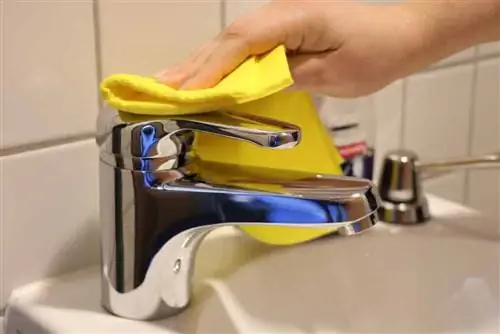
Another reason for low water pressure is dirt and limescale deposits directly in the fittings. To check this, the faucet head should be unscrewed and the strainer inside should be checked. If limescale deposits are found, it helps to descale the fittings. This is especially true for shower heads.
Appliances in the household and the necessary water pressure
Devices that are connected directly to the water pipes in the house usually have both a minimum pressure and a maximum permissible water pressure. If the water pressure is too high, the device can be damaged. If the pressure is too low, the machine's performance suffers or it works too slowly.
These devices include:
- Boiler
- Drinking water filter directly on the tap
- Washing machines
- Faucets
- Shut-off valves
The pressure that is permitted can be found in the instructions for use. If there are problems with a device, the water pressure should always be checked.
Exception domestic waterworks
It is now rather rare, but some houses still have a domestic water supply and are sometimes independent of the local water supplier. A domestic waterworks works with a pump, which sets the necessary pressure and ensures that it stays that way. The water pressure can be checked on the pressure gauge next to the domestic waterworks orread next to the boiler for the domestic waterworks. The pump can be adjusted to the necessary pressure. Here too, this depends on the height of the house and should be between 2 and 4 bar. This means that if the value falls below 2 bar, the pump switches on; if it rises to 4 bar, it switches off again.
Pressure fluctuations at domestic waterworks
Slight fluctuations in pressure are normal for domestic water systems. The pump compensates by starting as soon as the pressure falls below the minimum value. If several consumers are used at the same time, for example a washing machine, shower and dishwasher, the water pressure may be too low for a short time. It also applies to domestic waterworks that any contamination causes the water pressure to decrease. It is therefore necessary to maintain and clean the system regularly.
If the pump on the domestic waterworks switches on and off unusually often, it is time to check the pressure in the boiler itself. The boiler may need to be emptied and refilled. It is also possible that the membrane in the boiler is defective or the check valve. Defective components should be replaced; if in doubt, a specialist can help.


